$1.7 Billion for the Development of Almaty Airport: What Will Change Over the Next 25 Years
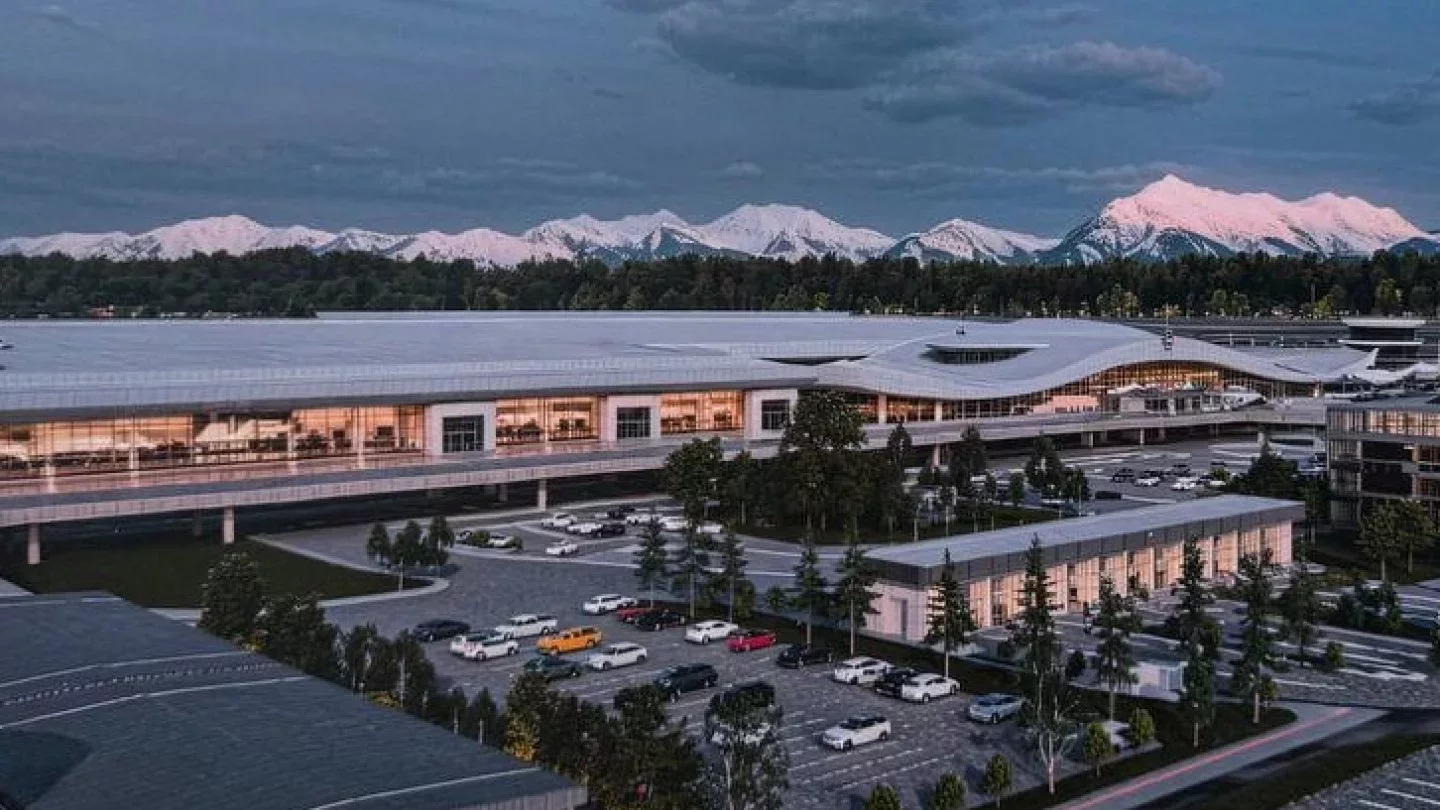 Photo: Orda.kz
Photo: Orda.kz
A long-term development plan for Almaty International Airport has been unveiled. The large-scale Horizon investment project runs until 2050 and is divided into five stages. The first phase will be completed by 2028. Total investment is estimated at between $1.5 and $1.7 billion.
Reconstruction and Noise Insulation for Homes
From 2025 to 2028, around 130 projects worth $360 million will be implemented, funded through airport revenues, bank loans, and private investment. This year, the reconstruction of the domestic terminal will be completed. Before winter begins, a specialized environmental platform for de-icing aircraft will be installed.
The leftover de-icing fluid will be collected, processed, and reused — one of the first projects of this scale in Central Asia.
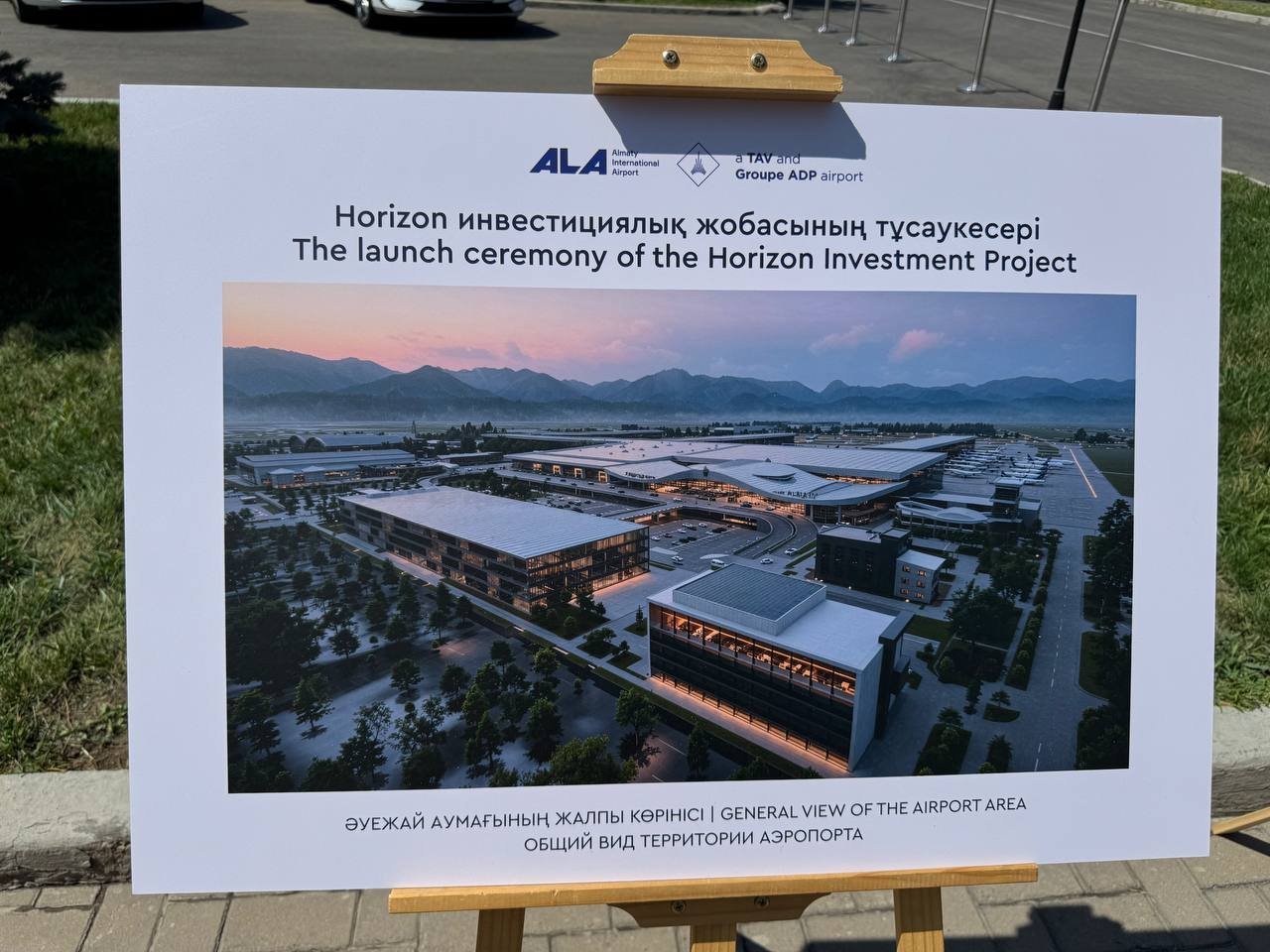
This year also marks the launch of a noise insulation program for homes located near the airfield. Work has already been completed in 17 residential buildings, and by year’s end, that number will reach 100. Eventually, the program will cover up to 300 houses.
The first stage also includes the complete reconstruction of the main runway, which will be dismantled and rebuilt on a concrete base. This will allow the runway to operate for at least 20 years without major repairs.
Other upgrades during this phase will include the construction of a new 4,400-meter taxiway, the modernization of the VIP apron, aircraft parking areas, and the cargo apron. A new maintenance hangar will be built, fuel infrastructure will be updated, and a new hotel and multi-level parking structure will be added.
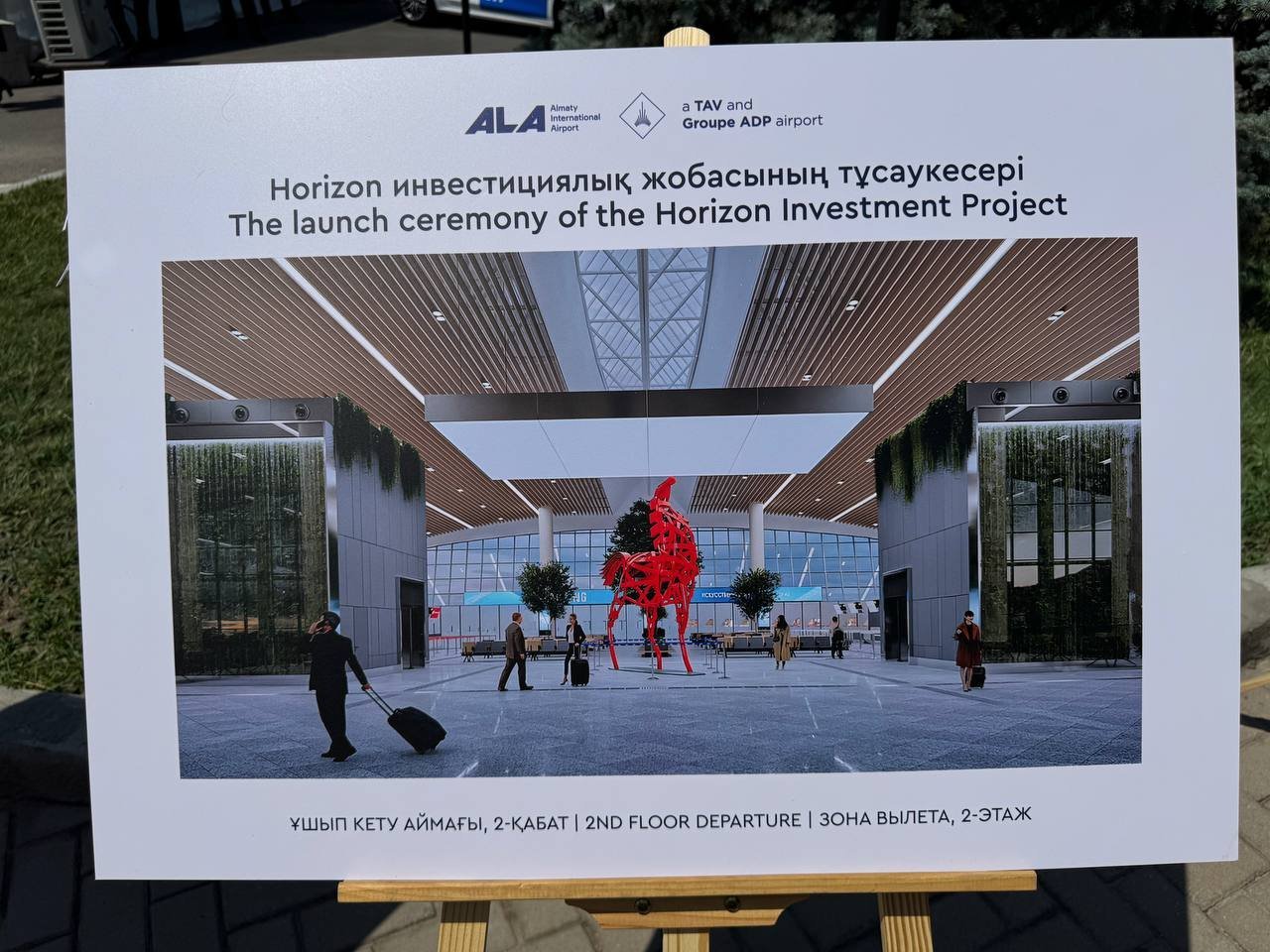
Almaty International Airport President Goker Kose emphasized that they will strive to minimize passenger inconvenience, but apologized in advance for any disruptions.
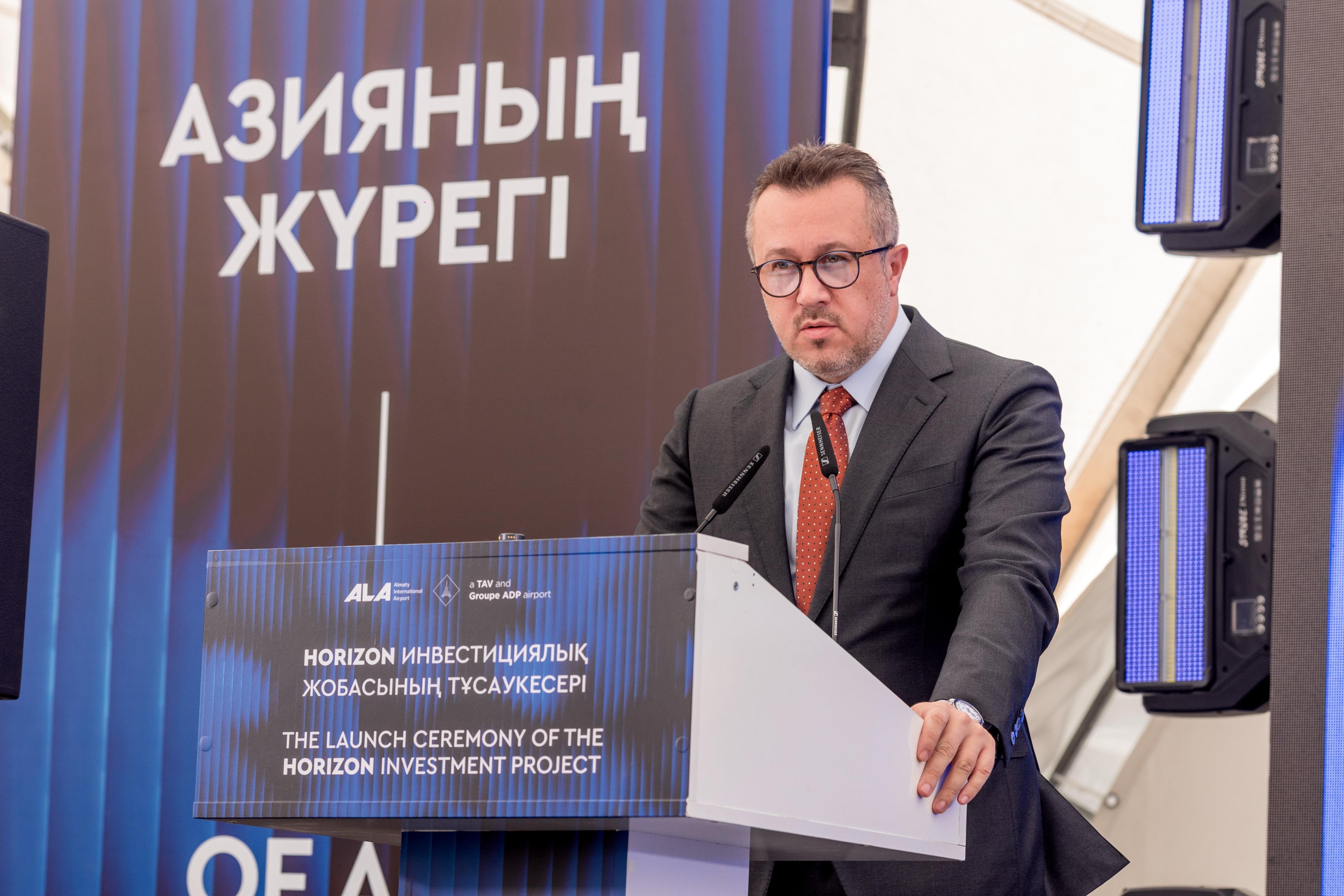
We’re not just updating terminals — we’re creating an entire ecosystem: logistics and industrial hubs, noise protection programs, new jobs, and modern conditions for both airlines and passengers, Kose said.
Almaty Airport already handles more than half of all international passenger traffic in Kazakhstan. Our ambitious goal is to turn it into a world-class aviation hub. This is one of the largest infrastructure projects in the region. Deputy Akim of Almaty, Olzhas Smagulov, noted,.
In 2025, the airport expects to serve 12.5 million passengers, making it the busiest in Central Asia with about 150 daily departures. In 25 years, the capacity is projected to reach 40 million passengers annually.
By then, the airport will have up to 150 aircraft stands, three runways, a modern logistics center, and an aerospace zone. A special economic zone is also planned.
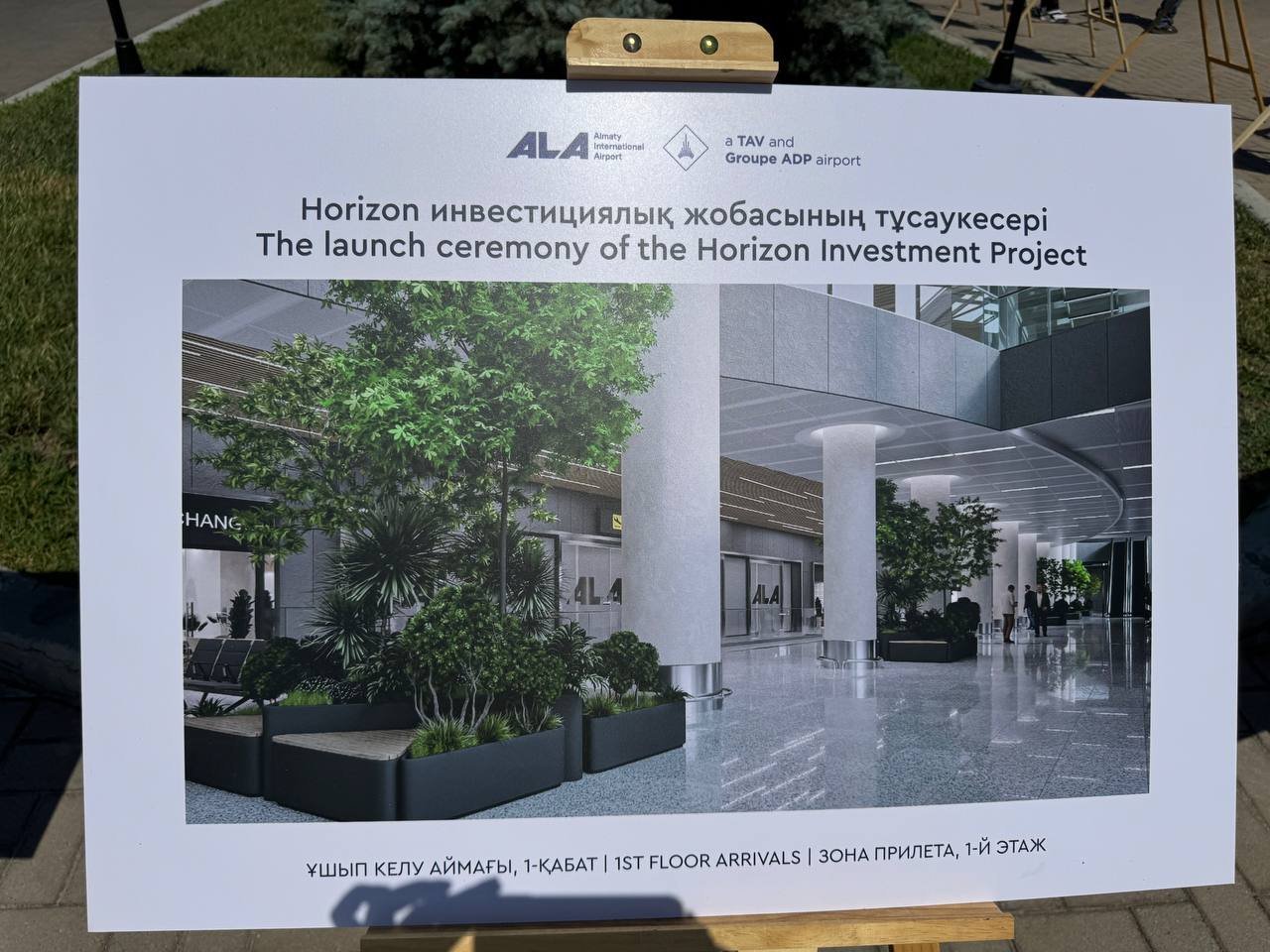
According to Kose, the project is about more than just building a transport hub.
In the long term, Almaty is intended to become a center for exporting high-tech products — from microchips and pharmaceuticals to aviation services. “We are shaping the aviation industry of the future,” he said.

Rates to Rise
Kose confirmed that airport rates will increase soon, as current rates are well below both regional and global market levels.
Rates will increase. We’ll coordinate with the government of Kazakhstan on this. Current rates are below market averages, which is why we’re now facing financial difficulties, he said.
One pressing issue is a shortage of aviation fuel. Currently, locally produced fuel is used only for domestic flights by Air Astana and SCAT, while international carriers rely on supplies from Russia.
Negotiations with the government are underway to boost local supply.
Almaty Airport has been owned by Turkish company TAV Airports Holdings since 2020. Its largest project in the city to date was the construction of a new terminal, which opened in June 2024. The new international terminal spans nearly 54,000 square meters and cost $780 million to build.
In February 2025, water poured from the ceiling due to a pipe rupture while contractors were installing a backup water supply line. Right after the terminal’s opening, passengers reported issues including baggage claim delays, drainage problems and roof leaks, cracked glass, and even dissatisfaction with the building’s appearance.
The airport’s general director explained that the terminal had been completed ahead of schedule — in just 22 months — to be ready for the summer season. Some of these problems were resolved almost immediately.
Original Author: Maria Kravtsova
Latest news
- Mother Questions Official Account of National Guard Conscript’s Death in Oral
- KazTransOil to Boost Oil Supplies to Kyrgyzstan, Resume Transit to Uzbekistan
- Russian Teen Who Fled to Kazakhstan to Escape War Faces Deportation
- Lawyer Comments on Gulnara Bazhkenova's House Arrest Conditions, Appeals to International Organizations
- Kazakhstan Marks Independence Day, Remembering the Tragic December Events of 1986
- Kremlin Spokesperson Says Ukraine’s Non-NATO Status Is Central to Peace Talks
- Kcell Receives Certification for Information Security
- Uzbekistan Aims to Halt Gas Production Decline by 2026 With New Fields
- Kyrgyzstan: Culture Ministry Denies Reports of Ban on Valery Meladze Concert
- Kazakh Ophthalmologist Wins International Honors at Hong Kong ICT Awards 2025
- Kazakhstan: Construction Industry Urges for Return to Previous Time Zone
- KTZ Spends 79 Million Tenge on New Workwear After Complaints From Mangystau Employees
- Armenian Defense Minister Says Situation Calm Along Border With Azerbaijan
- Zelenskyy Signals Ukraine Could Forego NATO Membership in Exchange for Security Guarantees
- Kazakhstan Says Damage From Drone Attack on CPC Facility Still Being Assessed
- Kazakhstan May Build Planned Thermal Power Plants Independently Amid Delays in Russian Financing
- Expert Warns Sale of Transtelecom Stake Overlooks Kazakhstan’s National Security Risks
- Kazakhstan Says Alternative Oil Export Routes Are Available Amid CPC Infrastructure Issues
- Former Foreign Ministry Spokesman Aibek Smadiyarov Appointed Head of Domestic Policy Department
- Kadyrov Says He Is Ready to Run Again as Chechnya’s Head in 2026

